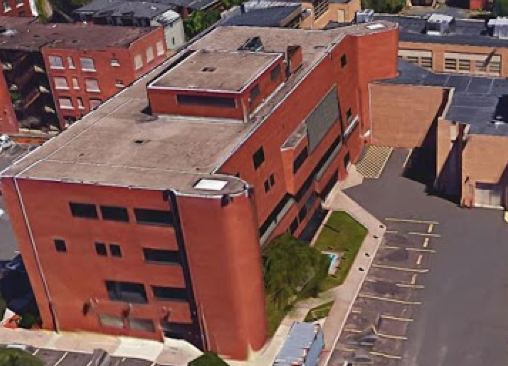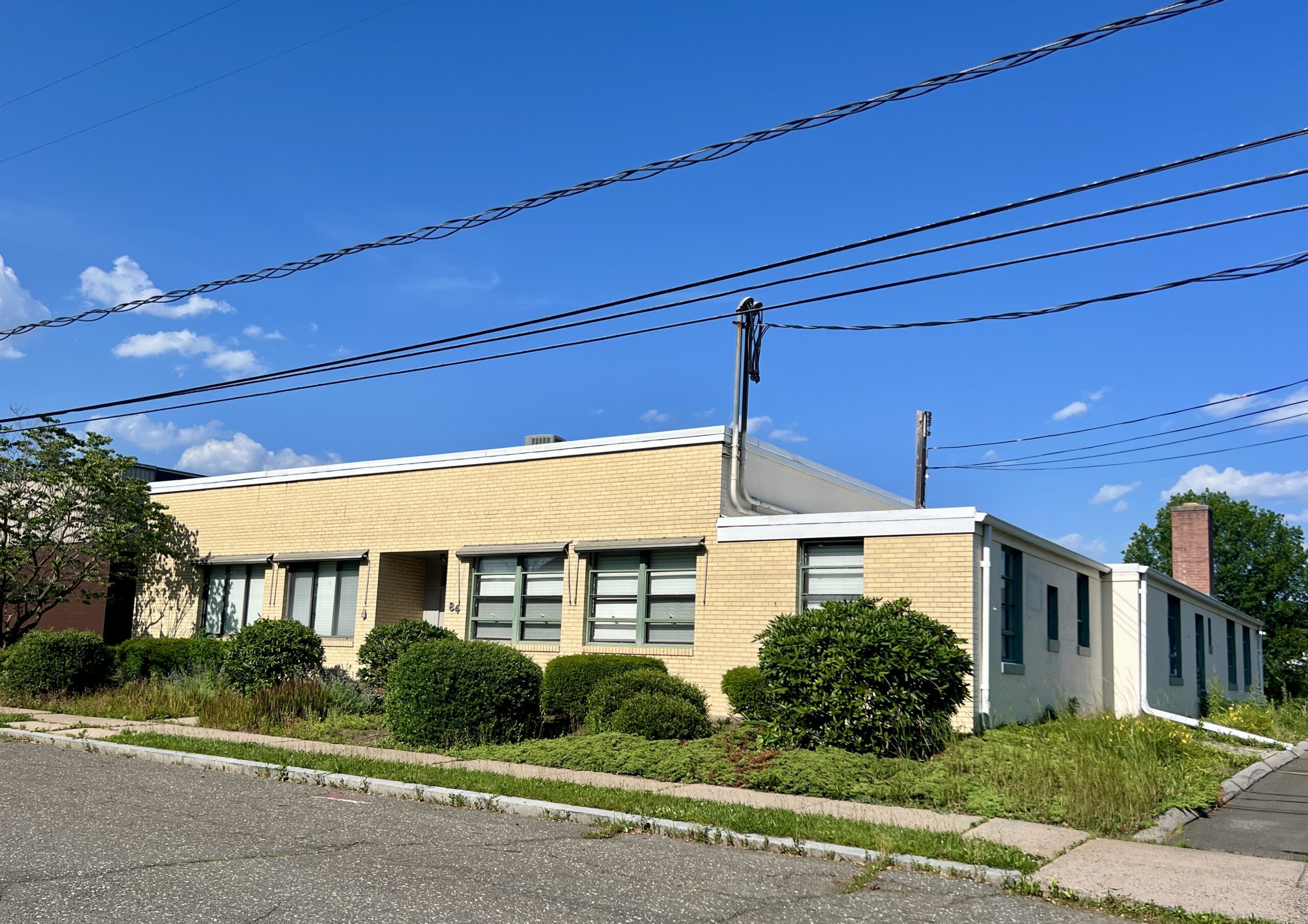Plan to Create New Juvenile Justice Agency Gets First Public Airing

Audio By Carbonatix

The Juvenile Detention Center and courthouse in Hartford. Google Images, courtesy of CTMirror.org
The Juvenile Justice Policy and Oversight Committee is required to issue a report to the legislature by Jan. 1.
By Kelan Lyons, CTMirror.org
At its first public airing Thursday, officials asked a lot of questions about a plan to create a new Executive Branch agency responsible for minors in the criminal justice system but offered few clues as to their thoughts about the proposal.
The plan was presented by a national consultant to the Juvenile Justice Policy and Oversight Committee, as well as representatives from the governor’s office, lawmakers, and members of the public.
JJPOC is required to study how other states transfer minors to the adult criminal justice system, review how it affects youth behavior and public safety, and issue a report to the legislature by Jan. 1. The committee hired the Center for Children’s Law and Policy to help it formulate its recommendations to the legislature.
Connecticut’s current system for handling juvenile justice cases is split between the state Department of Correction and the Judicial Branch. Those juveniles charged with crimes serious enough to be sent to the adult courts are under the care of the DOC and are incarcerated at either Manson Youth or York Correctional Institution. Those whose cases stay in the juvenile courts are overseen by Judicial, and are held in either the Hartford or Bridgeport juvenile detention centers or receive treatment in the community.
The proposal under consideration by JJPOC would put all of those children under the purview of a new, stand-alone state agency, an approach taken by a majority of other states.
Jason Szanyi, deputy director of the Center for Children’s Law and Policy, told members of the committee Thursday that the state must act to revamp its juvenile justice system.
“While I would acknowledge that moving toward this would be a significant change, it would be a doable change,” Szanyi said, noting that Connecticut has weathered significant changes in the past, such as when the Judicial Branch became responsible for children formerly under the care of the Department of Children and Families.
“But there are a lot of smart people in this room,” he said. “I believe that this is within the realm of possibility within this state, too, so long as we were able to get together and talk honestly about what we’d be looking at here, what the challenges would be, but also what the opportunities would be.”
Szanyi outlined the four options his organization identified: creating a division specifically for children within the Department of Correction; putting those juveniles under the care of the Judicial Branch, further consolidating its services after it inherited responsibility for juvenile justice from the Department of Children and Families; opening a facility co-managed by DOC and the Judicial Branch; and creating a new Executive Branch agency.
The consultant recommended the last option.
The number of children in the adult system has shrunk in recent years due to falling crime and arrest rates, and because of a slew of legislative reforms that removed 16- and 17-year-olds from the adult system and offered alternatives to incarceration.
The Judicial Branch has only been responsible for treating and housing children in the juvenile system for about a year-and-a-half – a fact that wasn’t lost on people at the meeting Thursday.
“Do we have enough data in the review to be predictive in what would happen n the event we continue in the direction we’re going, and do nothing?” asked Department of Children and Families’ Michael Williams.
“From our perspective at CCLP, the status quo is not acceptable,” Szanyi said. “I don’t think that that should be on the table as an option. We don’t want litigation to occur because of issues with this population. We feel like this is the time to get ahead of this, and to figure out how the state can work with these youth.”
“We’re mindful of the fact that this transition occurred relatively recently, and some folks can use that to argue we should wait and let things shake out,” Szanyi acknowledged. “At the same time, that can be used to argue, too, that now is the time to make this change, because we’re not fixed and entrenched into a particular arrangement.”
CCLP’s data showed a disproportionate share of minors in the adult and juvenile justice systems are children of color. About two-thirds of minors, and 70% of 18-24-year olds reentering their communities from the adult system were people of color. Roughly 83% of kids who left the juvenile system were black or Hispanic.
“This has to be a racial justice issue, first and foremost,” Szanyi said.
JJPOC members will continue to discuss the proposals with their respective agencies before their next meeting on Dec. 19.
State Rep. Toni Walker, D-New Haven, chair of JJPOC, closed out Thursday’s meeting by reminding her colleagues of their charge.
“The best interest of the child,” Walker said. “We’re going to have to figure out what works, not what we feel like falling back on, not what we’re comfortable with, but what works best for the kids in the state of Connecticut.”
Reprinted with permission of The Connecticut Mirror. The author can be reached at [email protected].
Like what you see here? Click here to subscribe to We-Ha’s newsletter so you’ll always be in the know about what’s happening in West Hartford!



